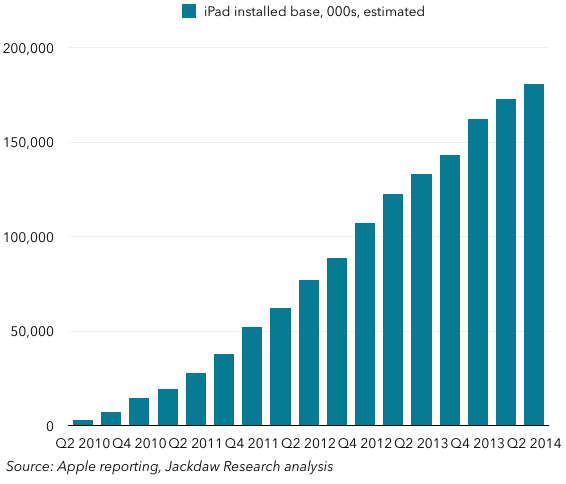Ahead of Twitter’s earnings tomorrow, I wanted to do a quick take on the problem that both Foursquare and Twitter share when it comes to growth. Foursquare is a privately held company and as such we have very little data to go on as far as how many active users it has or what its revenues might be, but it does report registered users from time to time, so we have something to go on.
The fundamental challenge both businesses face at this point is that their most active users to date likely don’t behave anything like the users they want to capture in the coming years. That is leading both companies to both consider and execute on major changes in the way their services work, which in turn will create challenges for retaining their most active users.
In the case of Foursquare, this has meant splitting its app into two: the classic Foursquare app, which is now a sort of Yelp equivalent, focused on recommendations, and the new Swarm app, which is focused on checkins. This is intended to strip away the checkin focus from the main Foursquare app to make it more appealing to the massive base of potential users who don’t want to signal their location constantly, while still making checkins available in the Swarm app for power users. The response from existing power users hasn’t been great: look at the ratings for Swarm on the App Store, for example: 1.5 stars for all versions of the app, with over 3000 ratings. The complaints fall mostly into these categories:
- The hassle of splitting the app into two (see also Facebook Messenger)
- It’s now harder to check in than it used to be, especially if tagging a friend
- Killing the competition aspect, mayorships and so on.
In short, for these power users, hitherto Foursquare’s biggest advocates, Foursquare has broken the core experience of checking in and competing for mayorships. And some of these users are doing more than just posting reviews on the App Store.
Of course, with those as the two key pillars of the service, Foursquare has just barely reached 50 registered users (the number of monthly active users is likely much smaller, perhaps 10-20% of that). If Foursquare wants to grow beyond its current tiny base of users, it has to expand into new areas, and that means changing the core app experience from one that’s checkin and game-focused to one that’s recommendation-centric. As such, it was the right broad strategy to start to shift the focus of the app away from power-user features and towards these new ones, but the implementation has been poor, and in the process Foursquare has alienated its biggest fans.
Twitter faces to some extent the same problem – power users use lists, hashtag, @mentions, DMs and Tweetdeck, and follow hundreds of accounts, but most ordinary users don’t. If Twitter is to grow, it has to cater to these new, ordinary users rather than the power users. That means changing the experience so that it’s not so overwhelming, and doesn’t have such a steep learning curve. Ideally, a new user would sign up, check a few boxes, and instantly have a feed that’s relevant and interesting, without having to do all the work of hand-crafting a list of accounts to follow. There’s talk this week of filtering feeds à la Facebook, and there have been multiple rumors in recent months about moving tags and @mentions out of the 140 characters, in part perhaps to remove some of the jargon from the stream and make it more user-friendly.
But in all this, Twitter faces the same risks that have plagued Foursquare since its repositioning. It needs to learn from Foursquare’s mistakes and preserve the core experience that its power users love while creating a new version of itself for mainstream users. That’s a tough balance to strike, because it’s almost like maintaining two products at once, with two separate user experiences. But Twitter, to an extent that’s not even true for Foursquare, needs its power users to continue to create the content for which its mainstream users will come to it.
Foursquare isn’t by any means beyond salvation, but it does need to quickly fix the Swarm app and with it the power user experience, if it’s to grow in the way it needs to, especially since its future revenue is likely as dependent on the data its users generate as it is on monetizing users or even merchants. Twitter is at an earlier stage and still has a chance to get this transition right.
The challenges faced by these two businesses highlight the less challenging experience of creating mainstream experiences from the outset: neither Facebook nor Google have had to dramatically reinvent their core products since they were first invented. Their original product is their current product, though both are considerably richer than they once were. But they haven’t had to make the same niche-to-mainstream conversion as Twitter and Foursquare will. There’s a good lesson there for both startups and investors: it is possible to scale a niche business so that it becomes mainstream, but at some point you have to make a significant transition, and it can be a make-or-break moment in the history of a startup.
